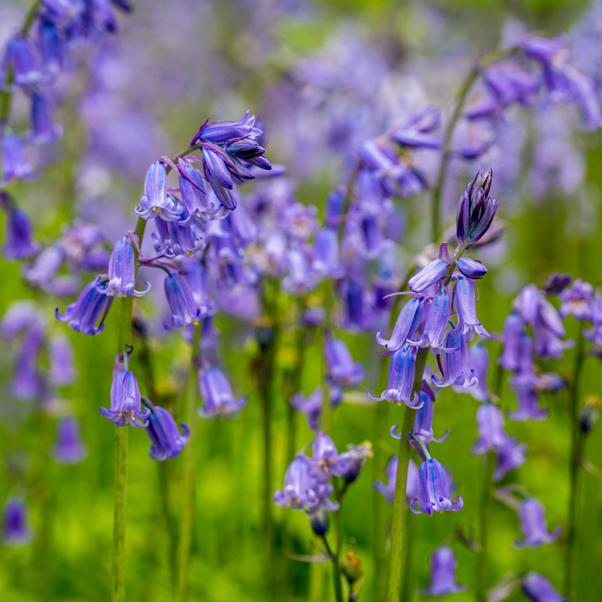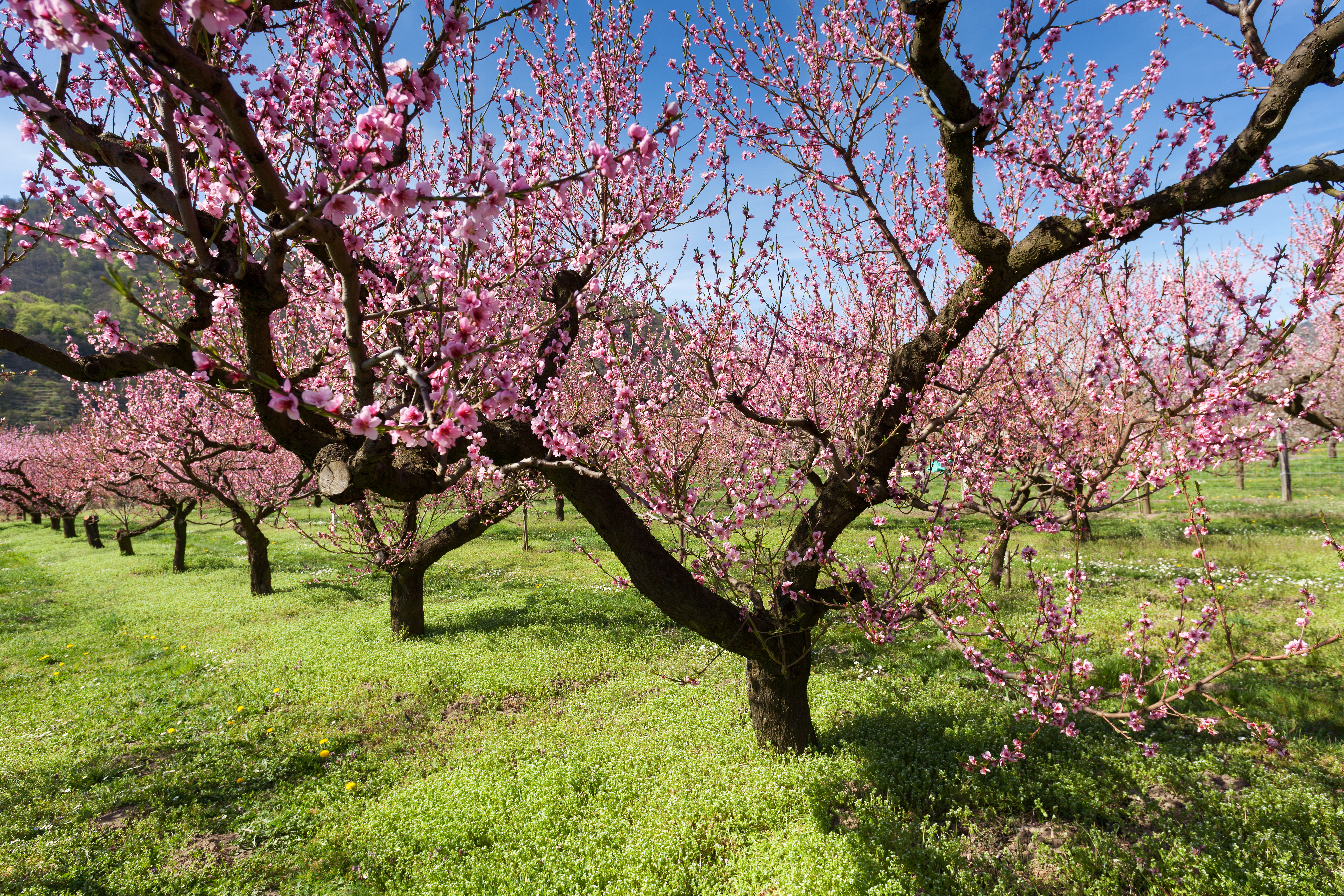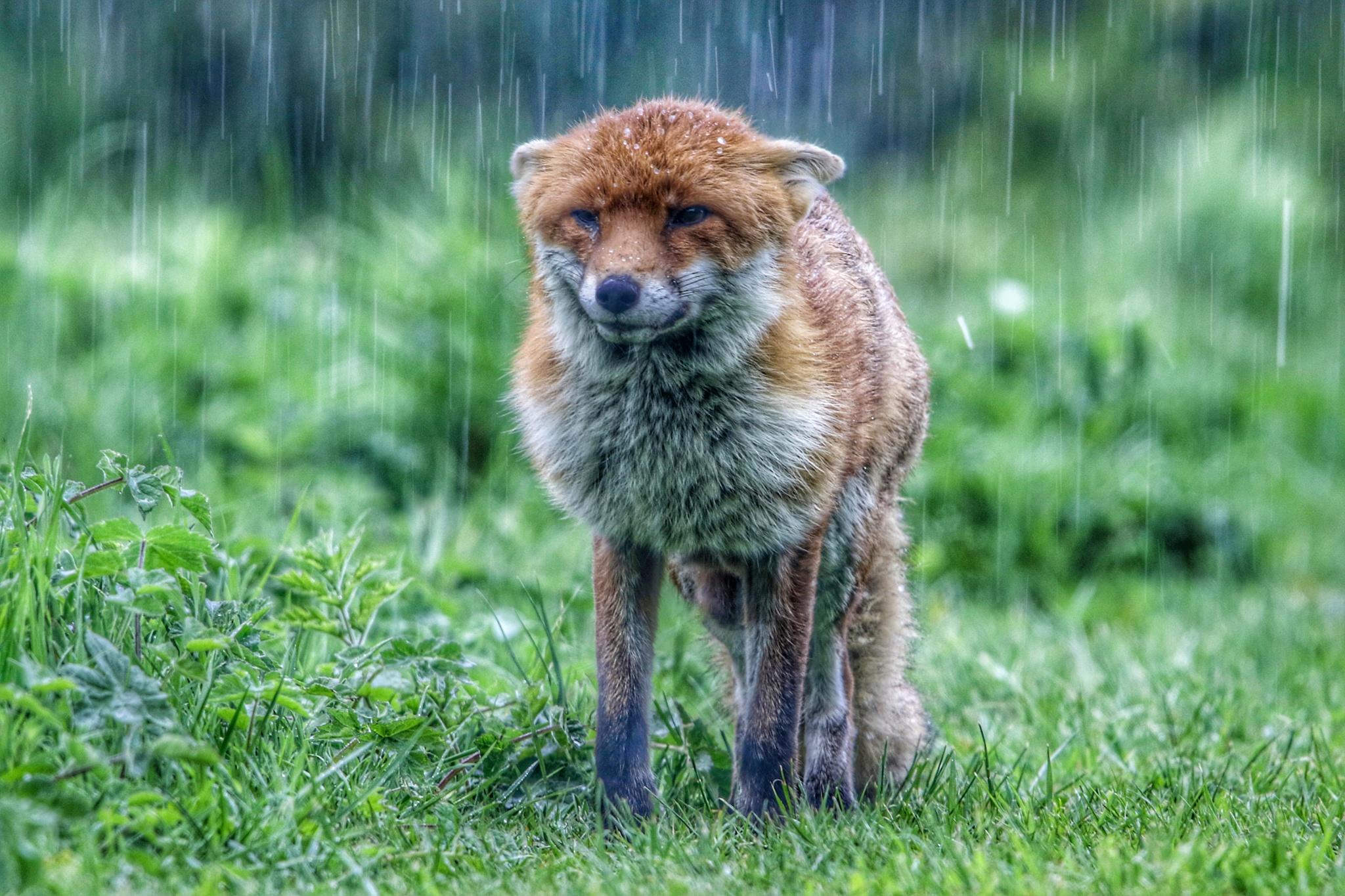

The early arrival of spring flowers
The arrival of spring flowers is a welcome sight for many. However, if you were wondering if they are blooming earlier these days, then you’d be right.
Plants are now flowering around a month earlier, according to a 2022 study from a team at the University of Cambridge, and this is due to climate change.
The study looked at over 400,000 observations for 406 species from Nature’s Calendar, which is maintained by the Woodland Trust. They combined the first flowering dates with instrumental temperature observations and found that the average first flowering date from 1987 to 2019 was a month earlier than the average first flowering date from 1753 to 1986.

Knock-on effect
Why does it matter? If plants flower early that can have consequences for other plant species, animals, insects, pollinators and whole ecosystems. For example, pollinators and animals that rely on the timely production of nectar, fruits and seeds could be negatively impacted by the plants flowering early. This could mean less fruit is produced, making apples, pears and so on more expensive.
A big concern is that not all species can adapt to these changes as quickly as others, and scientists have warned that if species get out of sync with each other than that could have big consequences. This is a concept known as ecological mismatch.
If plants are flowering earlier than other species that synchronise their migration or hibernation with these plants, they can be left without the flower or plant they rely on, and this can lead to biodiversity loss if populations cannot adapt quickly enough.

One species that could be affected are bluebells. These iconic woodland flowers need gaps in the tree canopy above them, so they get enough sunlight to grow. However, if the trees get their leaves earlier than they used to, then the gaps won’t be there when the bluebells arrive. And that would mean fewer spectacular displays of colour on the forest floor.

Changes in the timing of plants flowering could also have an impact on farmers and gardeners. This is because if whole fruit trees flower earlier following a mild winter than entire crops could be lost if there is a late frost.
Climate change has led to average global temperatures rising by around a degree above pre-industrial levels and this is having massive impacts around the world, from extreme weather events to sea level rise, as well as causing plants to flower earlier.
So as lovely as it is to see the spring flowers arriving, it is yet another reminder that our climate is changing and we really need to take action if we want to stop some of our amazing species being lost.

FruitWatch needs you!
If you’ve been keeping a close eye on your fruit trees then you can take part in the UK’s largest ever fruit tree monitoring project aka FruitWatch. And in 2024, that includes the observation of peach and apricot tree flowering dates for the first time, as rising temperatures mean the British climate is now more suitable than ever for peaches and apricots.
The FruitWatch team, based at the University of Reading, wants the public to help them work out if rising temperatures are making fruit trees flower earlier, and how this varies across the UK.
All you need to do is let them know when peach, apricot, quince, sloe, apple, cherry, pear or plum trees near you come into bloom, and take a photo of the tree to be shared as part of the National Trust’s #BlossomWatch campaign. You can submit your records at fruitwatch.org and see all the submissions on an interactive map of the UK.
About the Author
Gemma Plumb has been a meteorologist for 15 years and is currently working for DTN as a media meteorologist at the BBC. She has also forecast for a variety of sectors including energy, media, transport and utilities.
Gemma is one of the creators and hosts of the weather podcast - For the Love of Weather - which looks at the science behind weather and climate and how weather can impact our daily lives.
A keen science communicator, she is passionate about sharing her love of the weather. You can find Gemma on TikTok making funny, engaging and educational weather-related videos (@theweatherpud).





